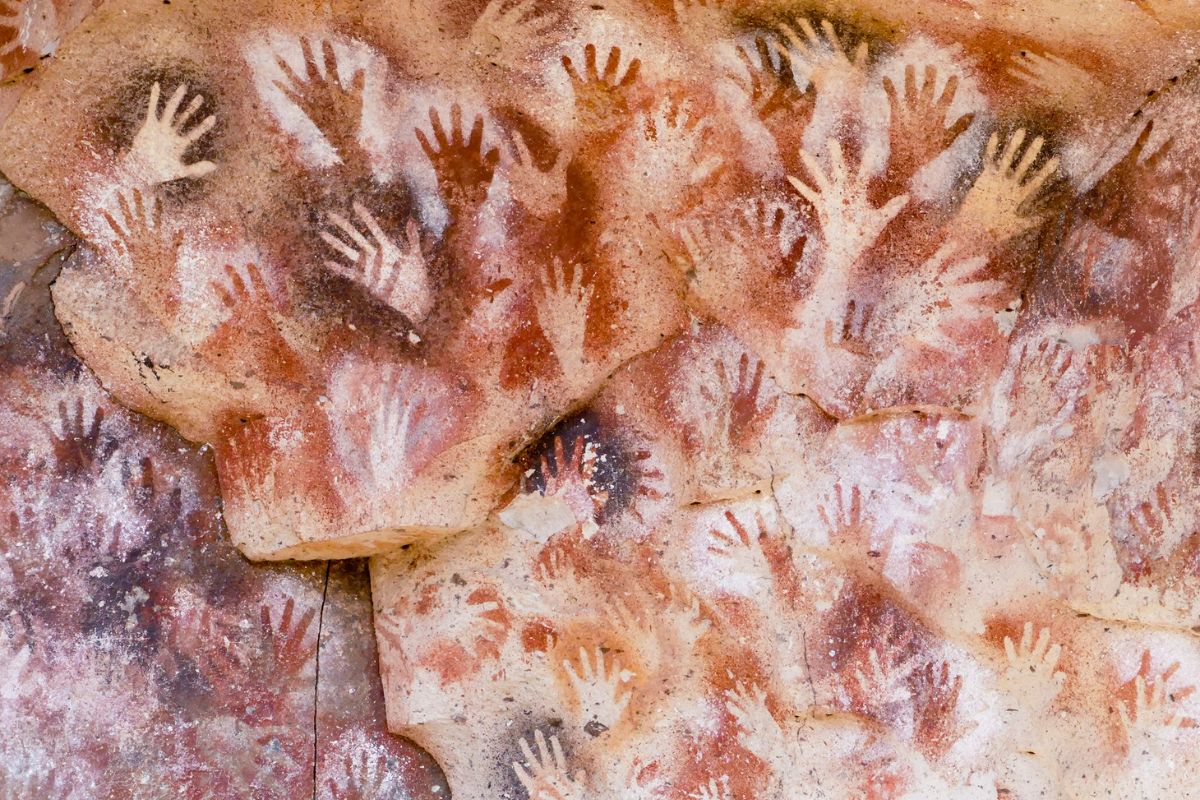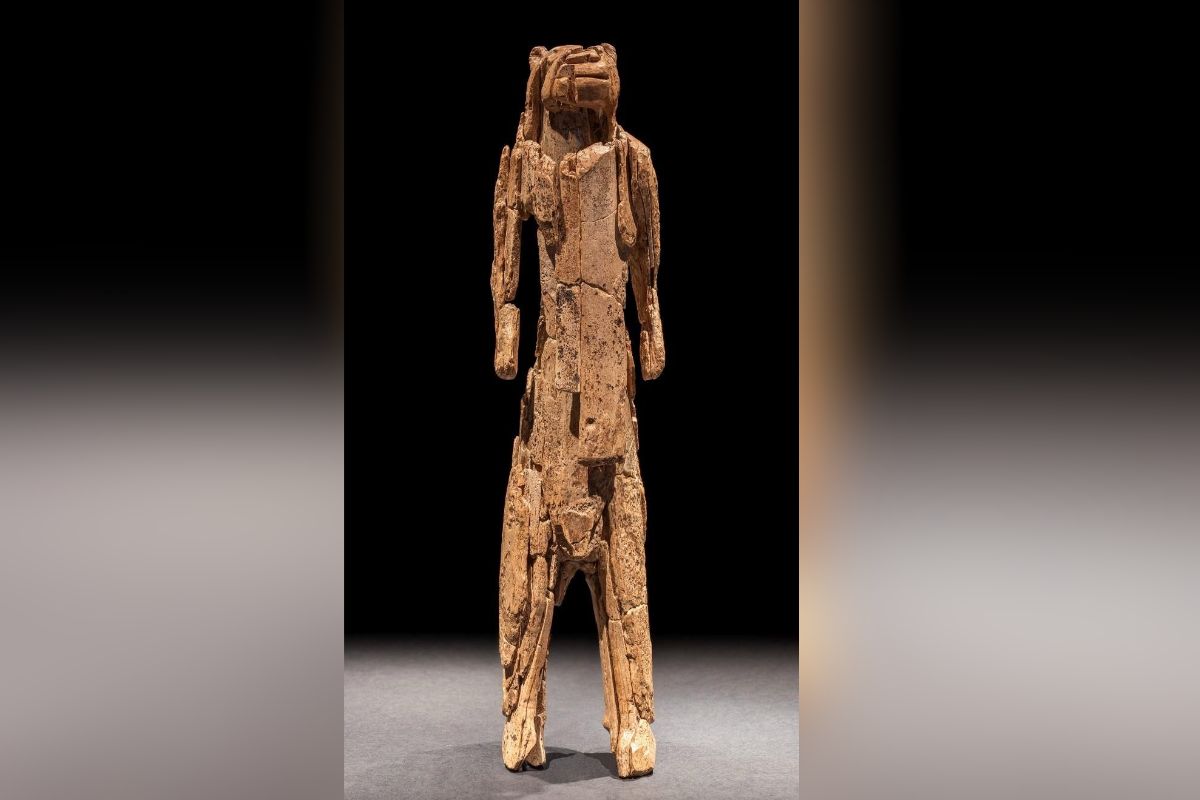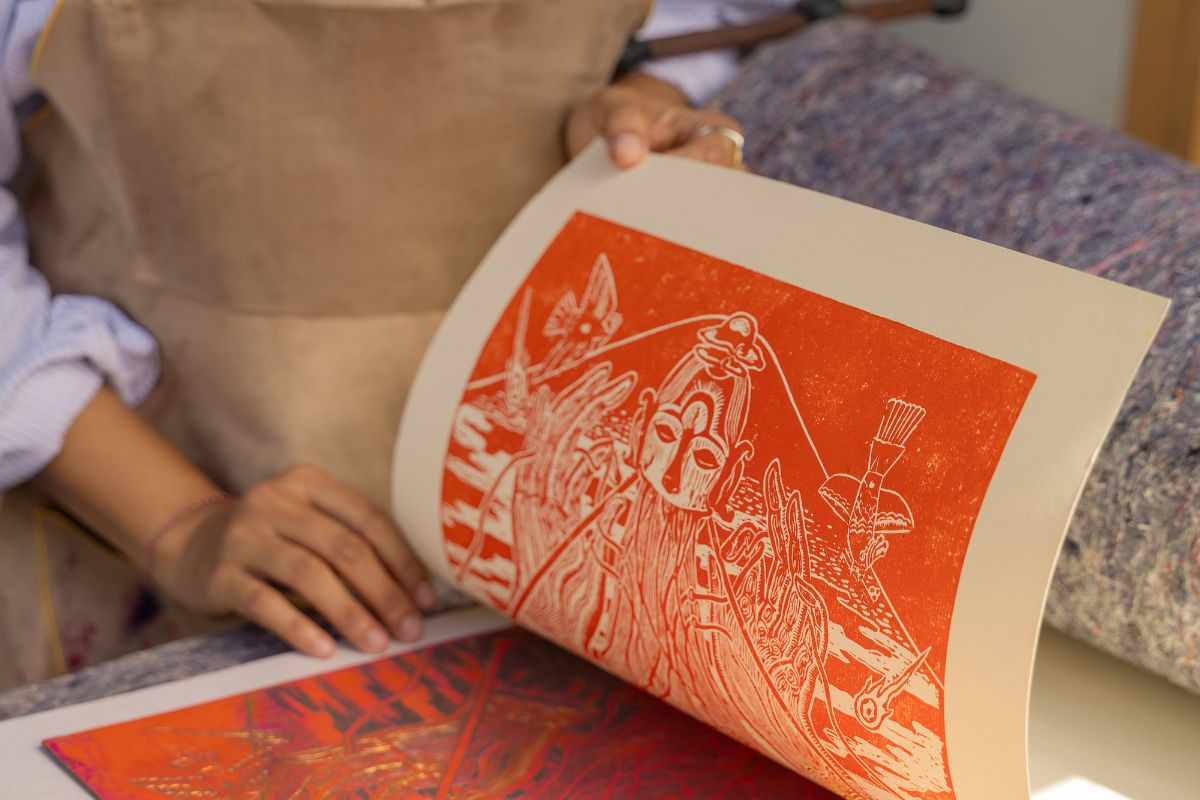Have you ever paused to reflect on a cave statue or sculpture and asked yourself what thoughts were running through the sculptor’s head? What prompted someone to venture into the dark caves armed with clay and burnt wood only to draw animal figures or hands?
They surely weren’t doing it for fun or school. They had something to convey, and thus, did more than just draw or carve; they etched and engraved messages from men who walked this earth thousands of years ago. Yes, these do still articulate to us.
Ancient Art, or as we prefer referring to it “Ancient Artz”, is not all about history. It’s about people, interesting people. People just like you and me. They too felt joy, fear, love and pain.
Even though they had no phones or cameras, they still managed to convey what they were feeling. The canvas, be it stone or paint, was shaped and coloured to depict the emotion.
Art Before Words
Our ancestors did not have access to newspapers, books, or any other form of written text. Instead, they relied on art in the form of pictures which revealed the rituals, customs, and fundamental aspects of life in those days.
Human beings in the contemporary world are used to communicating using words. Before the invention of language, humans used images, pictures, and symbols to express themselves.
These visuals could reflect hunting activities, animals, culture, and era. The images served as a narrative about such activities.

Some of the most famous early pictures are in caves in places like France, Spain, and Argentina. One of the most powerful examples is the “Cave of Hands” in Argentina. On the walls, you’ll find hundreds of handprints.
Most of them are left-handed. That’s because people used their right hands to spray colour around their left hands. They left their mark. They were saying, “I was here.” Even now, when we look at those hands, we feel a connection. A human bond, across thousands of years.
Also read: Judo Athletes: Masters of Balance and Strength
How Did They Make It?
The people in prehistoric times had no access to modern paraphernalia such as elaborate painting tools or specialised paints. They did, however, make good use of what was available to them.
They created red, yellow, black, and even blue hues using natural resources like clay, burnt wood, and even crushed stones. Egyptians created vivid blue shades through a rock called lapis lazuli, which was extremely valuable and hard to find.
Only wealthy people used lapis lazuli in their tombs. Nonetheless, the fact that people placed significant value on colour and art is telling of its importance in their lives.
They did not have the appropriate technology or chemicals to produce these highly durable colours in modern society, but they still managed to make do with what they had. Many still remain on ancient structures and caverns today.
Not Just for Show
Many people think ancient art was just for decoration. But that’s not true. Art was used for many reasons. Sometimes it was a way to teach. Sometimes it was part of a belief. Sometimes it was part of a special event.
In Germany, a very old statue was found. It looks like a mix between a lion and a man. It’s over 40,000 years old. It wasn’t just a toy. It was likely part of a spiritual or magical ritual. Maybe they thought it could protect them. Or speak to spirits.

In other places, old paintings show groups of people dancing, or animals with many legs or heads.
These pictures were not just drawings. They were symbols. They had meaning. They were stories and lessons, passed on without words.
They Were Artists Too
We often think of ancient people as less smart. But that’s wrong. They were artists. And they were good at it. In the Roman city of Pompeii, wall paintings still exist.
They used light and shadow to make pictures look deep, even though they were flat. That’s the same trick modern artists use today. They knew how to show depth, emotion, and story in a small space.
They didn’t have cameras, but they knew how to capture moments. They didn’t have computers, but they knew how to make things look real. Their work wasn’t fast or easy. It took time and effort. That shows care and intelligence.
Was It All Peaceful?
Not always. Sometimes, ancient art shows us the darker side of human life. Back in the Cave of Hands, many hand bones were found. Some of them were cut or broken.
This has led some researchers to believe that some of the handprints might be from rituals that involved pain. Maybe they were offerings. Maybe punishments.
We don’t know for sure. But one thing is clear: ancient art wasn’t always about beauty or peace. It was real. It showed the full range of human life—joy, fear, pain, and belief.
How Can You Try Ancient Art Today?
You don’t need to be in a cave to feel the same connection. There are simple things you can do to feel close to ancient arts.

1. Make a Hand Stencil: Take a piece of paper. Place your hand on it. Use coffee, watered-down paint, or mud to gently brush or spray around your hand. Then lift your hand. You’ll see the shape left behind. Just like the people in the caves.
2. Rebuild Ancient Designs: Find a picture of broken pottery online. Print it out or draw it. Then try to guess and draw what the rest of the design might have looked like. It’s like solving a puzzle.
3. Support Ancient Sites: Some places with old art are in danger. War, weather, and carelessness can damage them. You can help by learning about these places, sharing what you learn with friends, or even donating to groups that protect them.
Why Does It Matter?
So why should we care about ancient artz? What does it really mean for us today?
It reminds us that we are not the first people to feel the need to express ourselves. Long before texts or selfies, people were saying, “Look at this. Look at me. I’m alive.” That need is still in us. Every time you draw something, take a picture, or even write a message, you’re doing the same thing.
Ancient artz is not only about the yesteryears; rather, it is about us as human beings. It makes apparent that despite the enormous societal changes over time, people were still not that different from us. People like us had families, fears, dreams, and stories. And every single person has remarkable ways of sharing them.
Also read: Mind’s Eye: The Science Behind Optical Illusion Art
Final Thought
The next time you happen to draw a doodle, take a photo or even write your initials in the sand, do spare a moment for these cave artists. They were striving for the same things as you, which are to leave a mark and tell a story. Surprisingly enough, now you have the chance to see the craftsmanship.
You are part of the same enterprise – the same journey – and it is indeed a wonderful, breathtaking tale of humanity.

